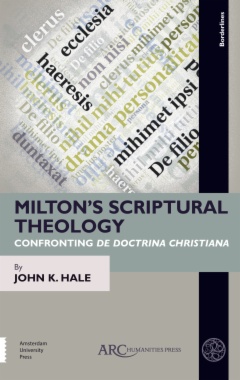Test your Data Analysis skills to its fullest using Python and other no-code tools
Key Features
● Comprehensive coverage of Python libraries such as Pandas, NumPy, Matplotlib, Seaborn, Julius AI for data acquisition, preparation, analysis, and visualization
● Real-world projects and practical applications for hands-on learning
● In-depth exploration of low-code and no-code tools for enhanced productivity
Book Description
Ultimate Data Analysis and Visualization with Python is your comprehensive guide to mastering the intricacies of data analysis and visualization using Python. This book serves as your roadmap to unlocking the full potential of Python for extracting insights from data using Pandas, NumPy, Matplotlib, Seaborn, and Julius AI. Starting with the fundamentals of data acquisition, you'll learn essential techniques for gathering and preparing data for analysis. From there, you’ll dive into exploratory data analysis, uncovering patterns and relationships hidden within your datasets.
Through step-by-step tutorials, you'll gain proficiency in statistical analysis, time series forecasting, and signal processing, equipping you with the tools to extract actionable insights from any dataset. What sets this book apart is its emphasis on real-world applications. With a series of hands-on projects, you’ll apply your newfound skills to analyze diverse datasets spanning industries such as finance, healthcare, e-commerce, and more.
By the end of the book, you'll have the confidence and expertise to tackle any data analysis challenge with Python. To aid your journey, the book includes a handy Python cheat sheet in the appendix, serving as a quick reference guide for common functions and syntax.
What you will learn
● Acquire data from various sources using Python, including web scraping, APIs, and databases.
● Clean and prepare datasets for analysis, handling missing values, outliers, and inconsistencies.
● Conduct exploratory data analysis to uncover patterns, trends, and relationships within your data.
● Perform statistical analysis using Python libraries such as NumPy and Pandas, including hypothesis testing and regression analysis.
● Master time series analysis techniques for forecasting future trends and making data-driven decisions.
● Apply signal processing methods to analyze and interpret signals in data, such as audio, image, and sensor data.
● Engage in real-world projects across diverse industries, from finance to healthcare, to reinforce your skills and experience.
Table of Contents
1. Introduction to Data Analysis and Data Visualization using Python
2. Data Acquisition
3. Data Cleaning and Preparation
4. Exploratory Data Analysis
5. Statistical Analysis
6. Time Series Analysis and Forecasting
7. Signal Processing
8. Analyzing Real-World Data Sets using Python
APPENDIX A Python Cheat Sheet
Index

